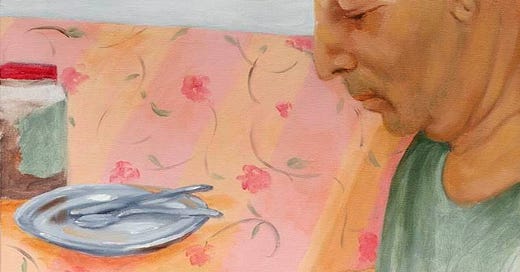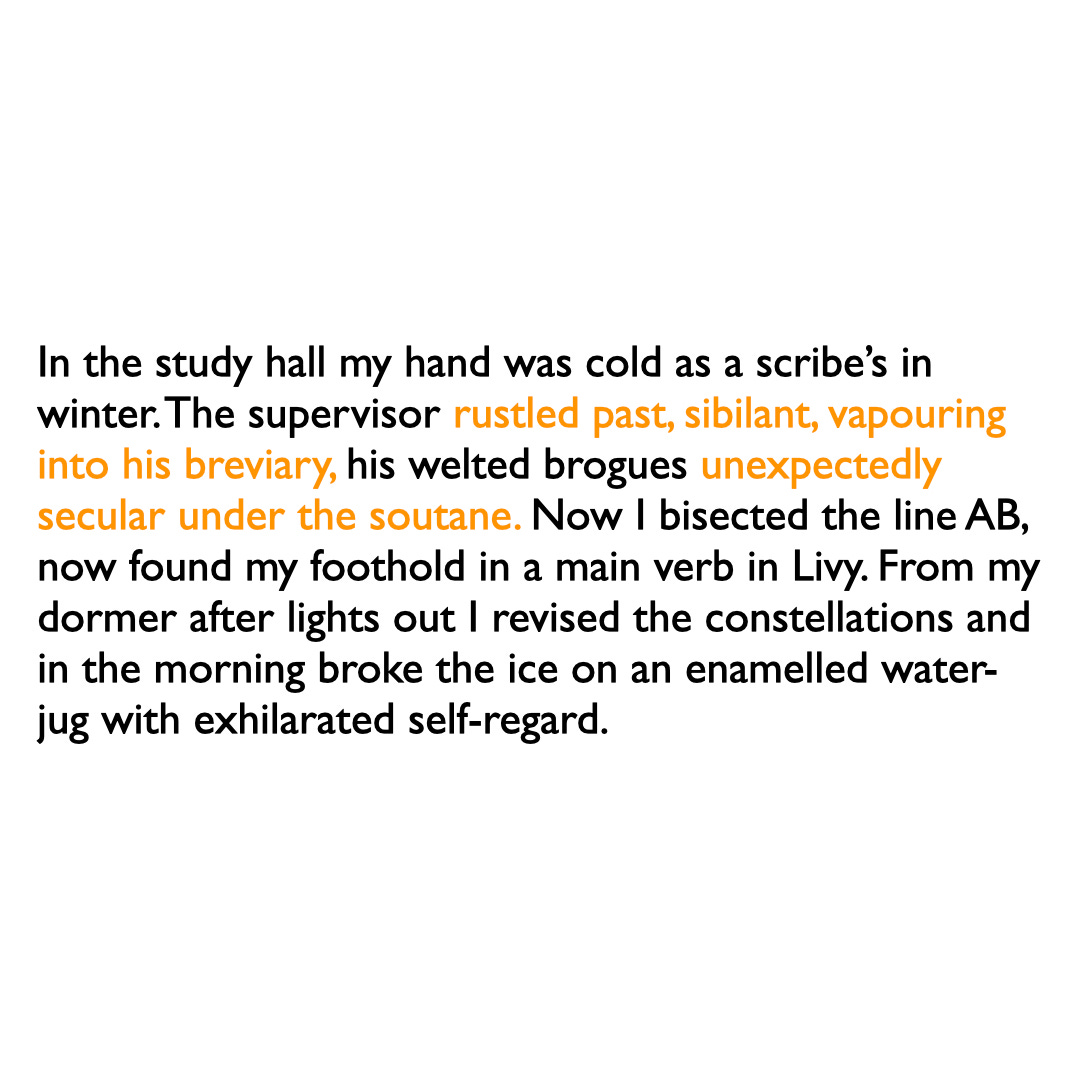'Paying Attention' with Sudhir Patwardhan, Seamus Heaney, and Robert Bly
'how the everyday spreads its plumage across gaze and presence...'
What path does a work of art take, as it sutures its way through loneliness? How a thing alights, with wings of sun, trailing imagined sky, when the precision of an image, or the stirrup that utterances can be, teaches us about ourselves. What surmise is there in that moment of recognition of our own particular mess of identity when we find it pinned in the flurry of another’s words. I drew solace during the peak of the pandemic through others’ accounts of how they viewed their cloistered existences. There is some vicarious affirmation that one derives from a shared aloneness. It has a different shade, this feeling. It is the quiet hum of a chorus of slants of late afternoon light that meanders outside curtained study windows, of certain slumbering apartments. It is strange, this light, lying by the wayside, apart from the people inside whose attention congeals on the familiarity of things, and jumps with the restlessness of being enclosed.
I am reminded of this Sudhir Patwardhan painting that I feel like I have shared before. What pause this work gave me! How it crystallised a moment of routine, that, undeserving of attention, grew large in the imagination of the silence around it. It is not that these moments are inconsequential, but that their unhinged ordinariness transforms even a transient space into a mindscape. Patwardhan’s latest work gave me a language with which to articulate the muffled scream of futility that seemed to live, not in me alone, but an entire nation of cloistered people. (There is lot more to say about this, and I have written about it elsewhere, I will share it when it is published, because those who haven’t seen this recent work, really must!)
But the constant thrum of days, as one is enclosed in a space, perhaps out of choice, even, at times, allows for a concentrated quality of observation of the empty capsules of being that acquire meaning when read together. Ironically individual moments of vacant time, stand out. The space itself transforms over a period, and traverses many different filters of manifestation, even in its familiarity. I am thinking of a lake whose character changes across spring, summer, autumn, rain, and winter. I am thinking of how colours shift, how the everyday spreads its plumage across gaze and presence.
To simply say that Heaney’s gaze is ‘cinematic’ in this prose poem would be doing it a disservice, because it is doing so much more. This is a masterclass in the conjuring up of character and landscape, both affective and temporal, through description. Heaney’s listing of objects, with each word flashing a deeper inner world of the things he touches, always in motion, creates a coming together of object vignettes that stand in for experiences that are suggested, rather than spelt out. The only point where he slips into musing is “I could make a book of hours of those six years”. Otherwise, through the poem, the images accumulate like single minded ants on a mission. There is a play of contrasts here, and even the textures collide in a politics of emotional subtext - ‘his welted brogues unexpectedly secular’. Heaney’s college (school) where he boarded for six years, is fashioned out of these words - I can taste the fog in the air, the quaint mismatch of children being ‘cloistered’, the contrast of the playfulness of youth, and the austere, sometimes bigoted, hardness of piety.
I want to share one more prose poem with you today, that, again concentrates on a very specific moment, and its bracketing of sensory locus, allows for a world of meaning to emerge, but also the unique aloneness of the poet.
My eyes affixed themselves on this poem because it uses a word that I recently used to verb twilight - ‘accordions’.
Two different poems (I’m learning to say ‘different’ rather than ‘better’) seep seamlessly between the terrains of mental and emotional ether, and into the porous soul of objects and non-human entities. While Heaney’s poem interweaves the two impulses, Bly’s does the characteristic shift that poets do from the particular to the general, from the microscopic to the plane of vantage.
Both remind us how the world accordions into sudden comprehension with the favour of attention.
If the poetry, and the commentary, resonate with you, do consider ‘buying me a coffee’.
If the portal isn’t working. Please write to me - poetly@pm.me
(Matlab, if you can’t, that’s also fine, obviously. This will always be a free newsletter)
Note: Those, not in India, who’d like to support the work I do at Poetly, do write to me - poetly@pm.me. (Paypal seems to have left the building, still figuring it out)
You can write to me, waise bhi, if you feel like it :)
Nahi tho, if you wanna share this post with a friend…
Thanks for reading Poetly! Do subscribe if you are not reading this in your inbox. Cheers!






